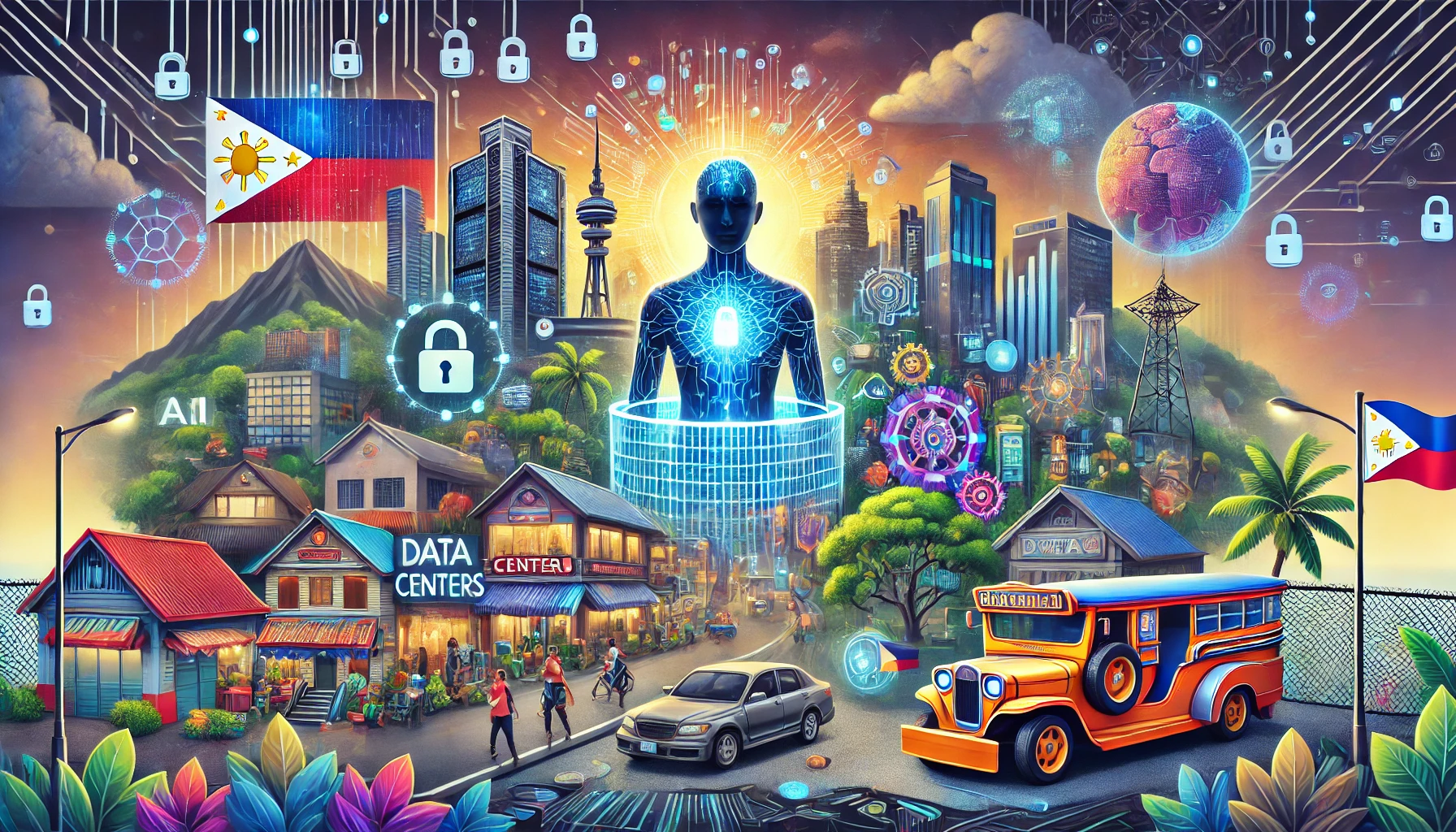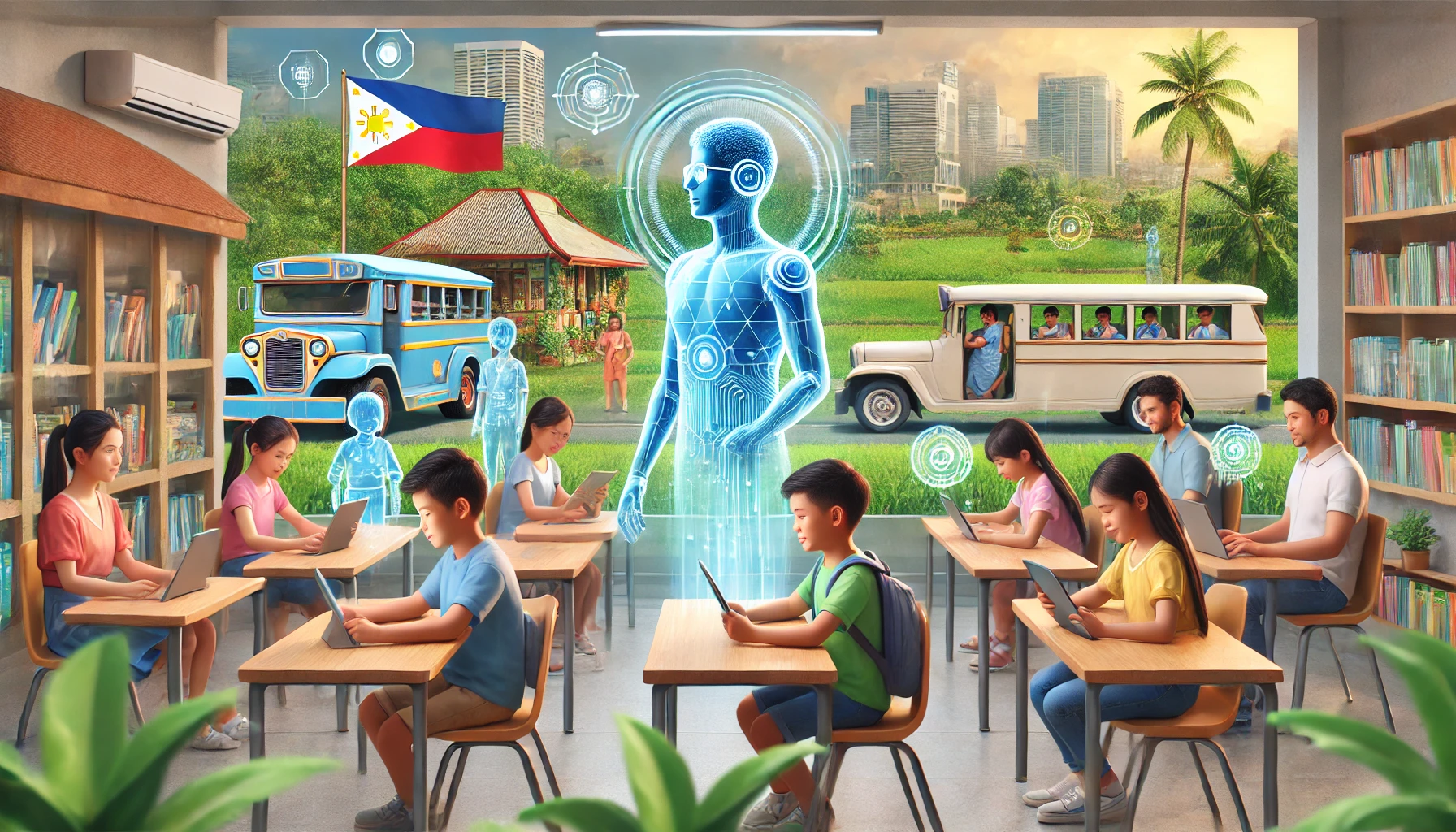Artificial Intelligence in the Philippines: Current Initiatives, Challenges, and Opportunities
By [Your Name], January 26, 2025
The Philippines is rapidly positioning itself as a hub for artificial intelligence (AI) innovation in Southeast Asia. Driven by government initiatives, academic collaborations, and private-sector partnerships, the country is leveraging AI to address societal challenges, boost economic growth, and foster inclusive development. Below is an overview of key AI activities shaping the nation’s technological landscape.
1. Government-Led AI Strategy and Infrastructure
The Department of Trade and Industry (DTI) launched the National AI Strategy Roadmap 2.0 (NAISR 2.0) in July 2024, building on the 2021 roadmap to incorporate advancements like generative AI and ethical governance frameworks. This updated strategy outlines seven strategic imperatives, including enhancing digital infrastructure, improving data accessibility, upskilling the workforce, and prioritizing ethical AI adoption .
Central to this roadmap is the Center for AI Research (CAIR), the Philippines’ first AI hub. CAIR focuses on developing AI solutions for sustainable agriculture, disaster resilience, and urban planning, aiming to position the country as a regional leader in AI-driven innovation . Supported by the Asian Development Bank, CAIR also collaborates with international entities like AI Singapore to tailor solutions for Southeast Asian industries .
2. Economic Impact and Sectoral Transformation
According to the National Economic and Development Authority (NEDA), AI adoption could add ₱2.6 trillion annually to the Philippine economy by optimizing sectors like retail, logistics, and healthcare . Generative AI, in particular, is expected to reduce production costs and enhance operational efficiency. However, NEDA emphasizes the need for robust digital infrastructure, including high-speed internet and data storage systems, to fully realize these benefits .
The Business Process Outsourcing (BPO) sector, a cornerstone of the economy, is undergoing significant changes due to AI integration. While AI tools act as “co-pilots” for call center agents, streamlining workflows, concerns about job displacement and the demand for advanced technical skills are rising .
3. Academic and Interdisciplinary Collaboration
The AI Horizons PH 2024 conference, hosted by the University of the Philippines, highlighted interdisciplinary research in energy efficiency, healthcare, and governance. For example, AI is being used to combat vaccine misinformation through natural language processing and to optimize energy consumption in high-performance computing .
Universities are also integrating ethics into AI education. The University of the Philippines offers courses on AI ethics, covering topics like algorithmic bias and societal impacts, while advocating for regulatory frameworks to ensure transparency and accountability .
4. Ethical and Regulatory Challenges
A 2024 policy paper by Philippine academics underscores the urgency of regulating AI to address risks such as privacy violations and algorithmic bias. The paper evaluates the country’s readiness to adopt tailored frameworks aligned with global standards . Meanwhile, NAISR 2.0 emphasizes “meaningful human control” over AI systems, balancing innovation with safeguards against misuse .
5. Public Engagement and Technological Awareness
Google Trends data reveals the Philippines ranks third globally in AI-related searches and fourth in generative AI interest, reflecting growing public curiosity and adoption. Accessible tools like Google’s Gemini chatbot have democratized AI experimentation, aligning with national educational campaigns .
Challenges Ahead
Despite progress, hurdles remain:
- Digital Divide: Limited internet access in rural areas hinders equitable AI adoption.
- Workforce Readiness: Upskilling programs must address the gap between traditional BPO roles and AI-driven technical demands .
- Cybersecurity Threats: Increased AI integration has exposed vulnerabilities, with government agencies facing advanced cyberattacks .
Conclusion
The Philippines’ AI journey is marked by ambitious strategies, collaborative research, and a focus on ethical governance. While challenges like infrastructure gaps and workforce transitions persist, initiatives like NAISR 2.0 and CAIR demonstrate the country’s commitment to harnessing AI for inclusive growth. As the nation navigates this transformative era, balancing innovation with responsibility will be key to securing its position as a regional AI leader.
References
- AI Horizons PH 2024 Conference Insights
- DTI Launches National AI Strategy Roadmap 2.0
- NEDA’s Economic Projections for AI
- Adoption of NAISR 2.0
- CAIR’s Multidisciplinary Mission
- Regulating AI in the Philippines
- Philippines’ AI Search Rankings
- Tech Challenges in 2024
For further details, explore the linked references or follow updates from the DTI and NEDA.
[SEO optimized]


